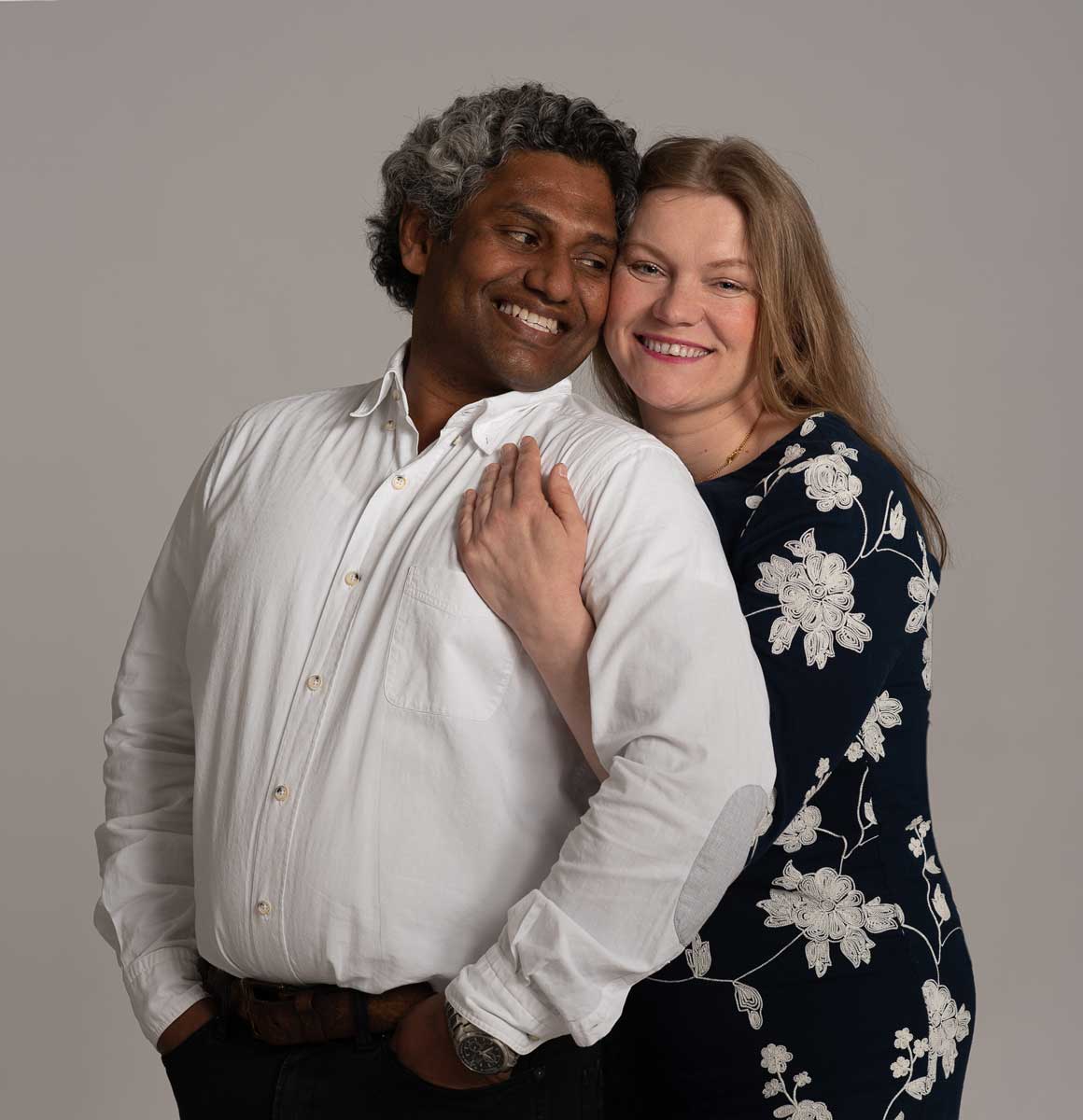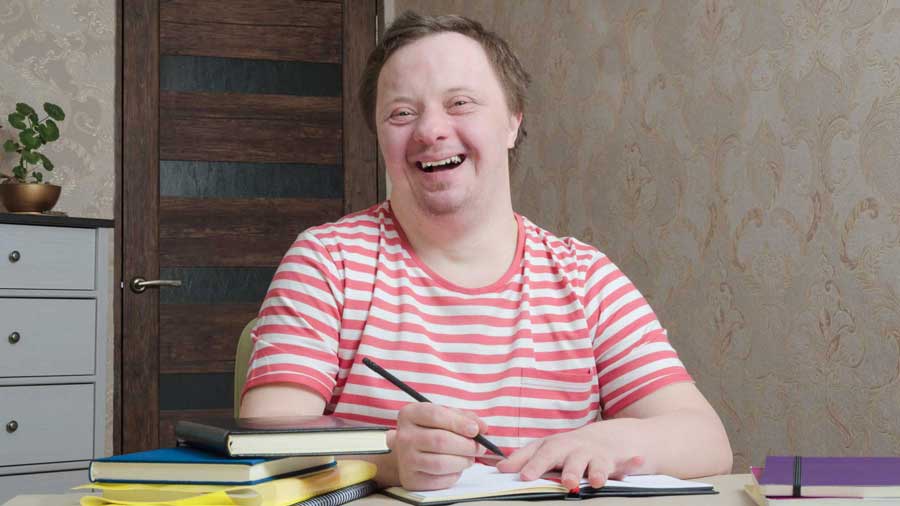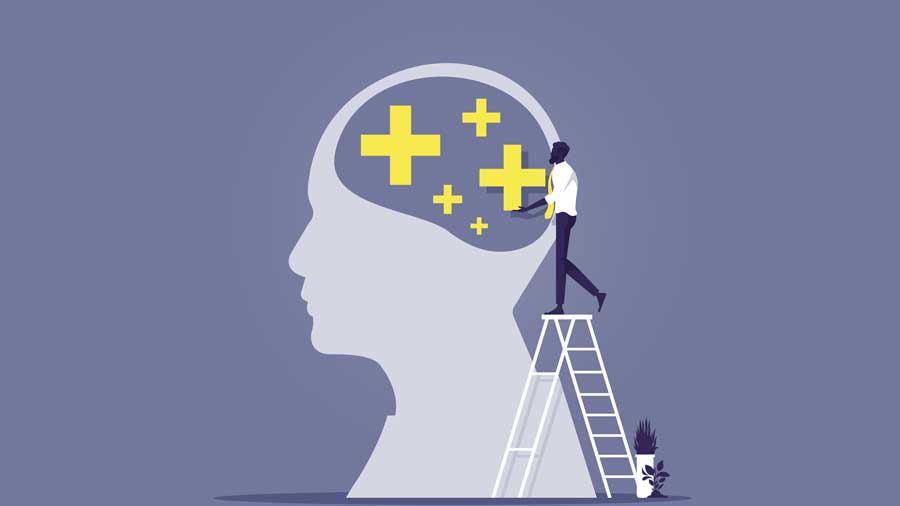Deaf Mosaic
The deaf community’s diversity is being celebrated in a series of intimate portraits and stories by photographer Stephen Iliffe
(Image: Aga King Photography)

STRATEGY
The UK’s housing, health and social care sectors often fail to address the needs of Britain’s 70,000-strong deaf community. This can range from a lack of British Sign Language (BSL) translations of information, to the failure to use transparent COVID-19 masks to support lipreading. This despite BSL being the UK’s fourth indigenous language (after English, Welsh and Scots Gaelic).
For the past year, deaf photographer Stephen Iliffe has been documenting the community’s astonishing mosaic of class, ethnicity, sexual orientation, religion and ways of life.
Deaf pub
“As I push open the swing doors to one London’s ‘deaf pub’ gatherings,” says Stephen. “I’m as likely to be pulled into sign language gossip by a friend of Lithuanian or Sri Lankan descent as I am by a Cockney or a Scot. Joining the next circle, I might sign to a chief executive or bricklayer, doctor or office cleaner. At times, it seems as if deaf people mingle with each other across demographic boundaries more freely than hearing people do.”
Why so? The answer is not hard to find: whether their deafness is genetic or otherwise, deaf babies are born randomly into families across all ethnic and socio-economic groups. The result: a deaf community vibrant enough to bring together people who would otherwise be unlikely to gather under one roof.
“The key theme of Deaf Mosaic is a positive one. With the right support at home, in education and work, deaf people can do anything except hear perfectly.”
Vibrant community
“In recent decades, our deaf community has been enriched by migrants from the Commonwealth and European Union (EU) nations,” says Stephen. “War and famine have brought deaf refugees to our shores. It is this incredible diversity which Deaf Mosaic celebrates.”
Whatever their background, deaf people experience postcode lotteries when accessing housing, health, social care and employment opportunities. A 2021 study by the Royal Association of Deaf People (RAD) indicates 60% of deaf respondents felt they had been unfairly denied opportunities for career progression. NHS data (2014) indicates deaf people are twice as likely as hearing people to experience mental health issues.
But the key theme of Deaf Mosaic is a positive one. With the right support at home, in education and work, deaf people can do anything except hear perfectly. Support can be offered in a range of ways – from sign language interpreters to notetakers to using subtitles to make Zoom meetings accessible.
Stephen’s portraits range from female vicar to Muslim kickboxer, from deaf-blind athlete to headteacher, from architect to yoga teacher.
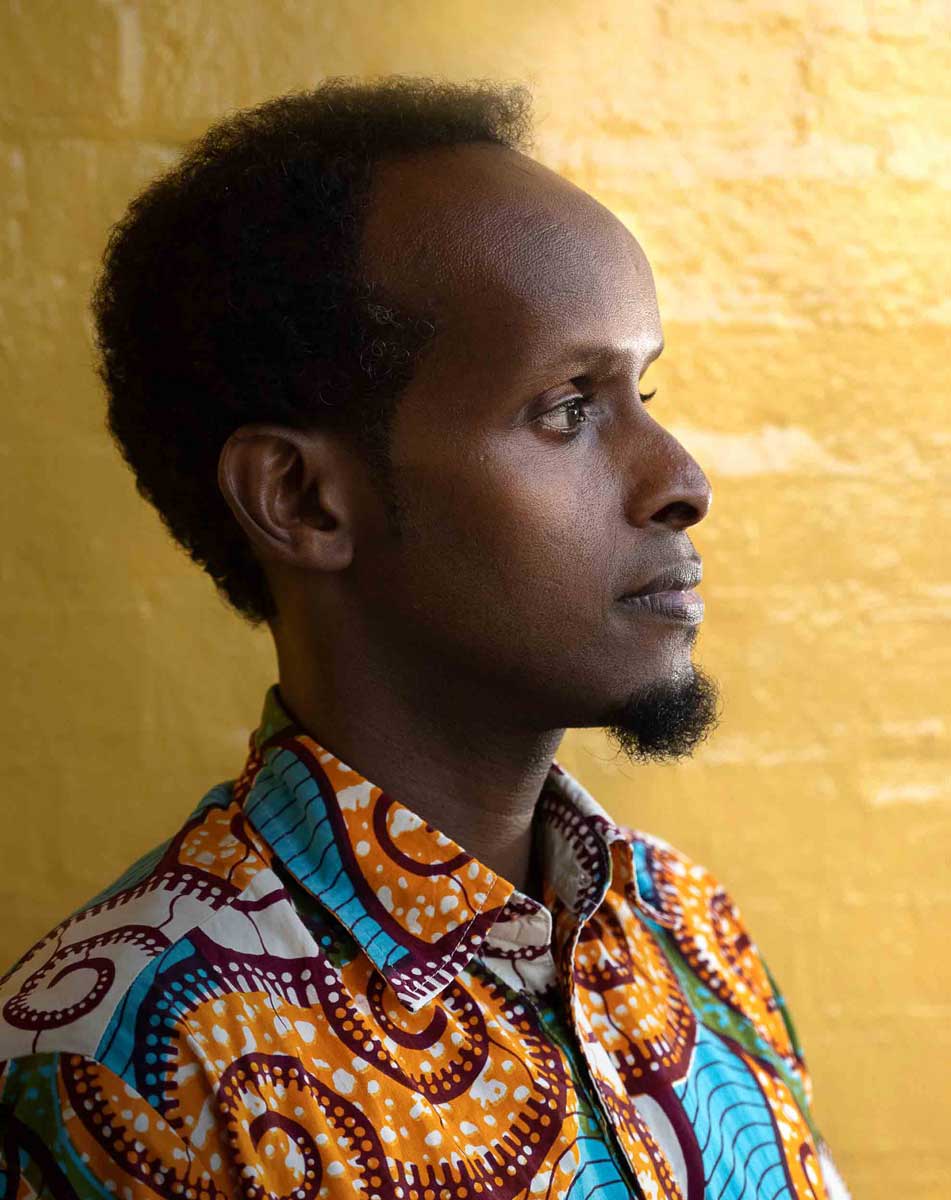
“I had a vision,” says Abdi Gas. “So, I went straight ahead and founded Deaf Unity to support students into higher education.” Abdi became deaf aged 10 after arriving in the UK from East Africa. “I took a leadership programme and for the first time was encouraged to think about what I really wanted to do.”
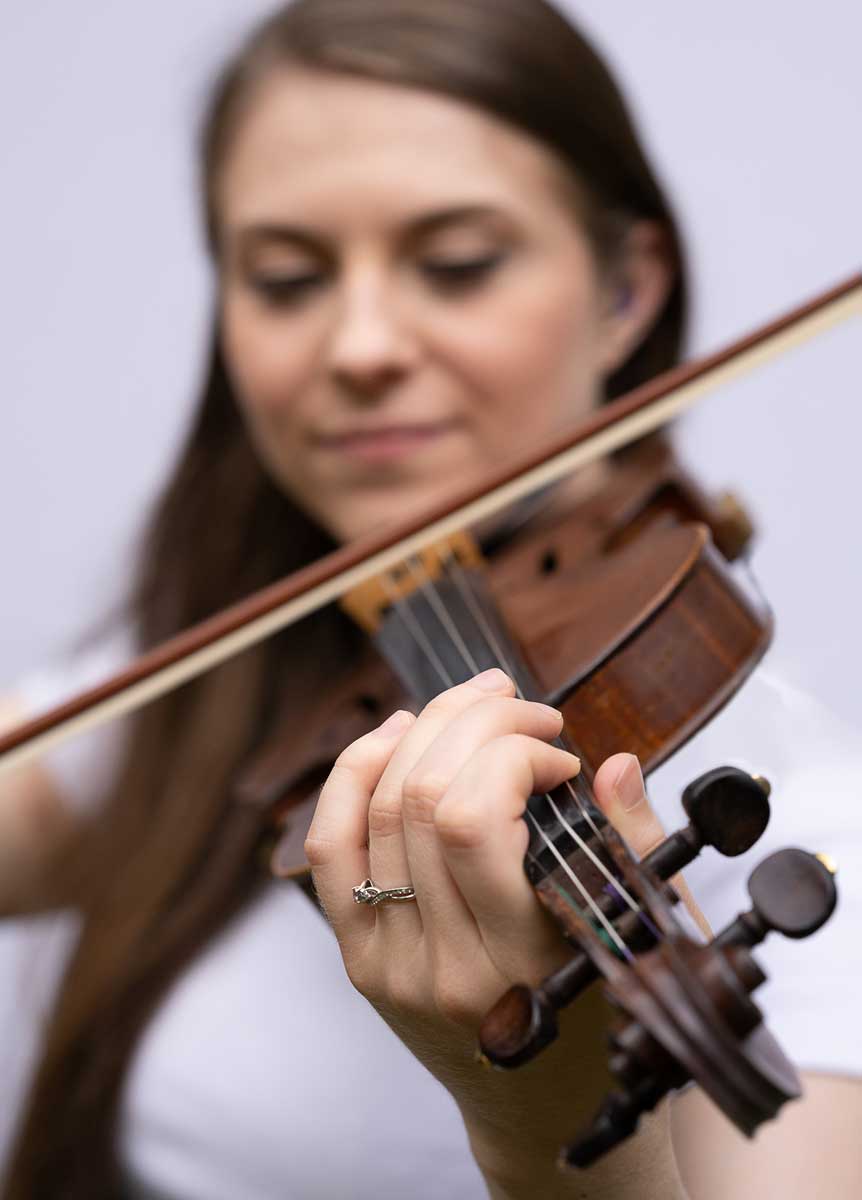
“It’s frustrating when people assume that deaf people can’t enjoy or play music,” says Eloise Garland. “In fact, there are many ways of relating to music – through sound, vibration, vision and movement.” As a teacher and deaf awareness campaigner, Eloise innovates new ways of empowering young deaf people.
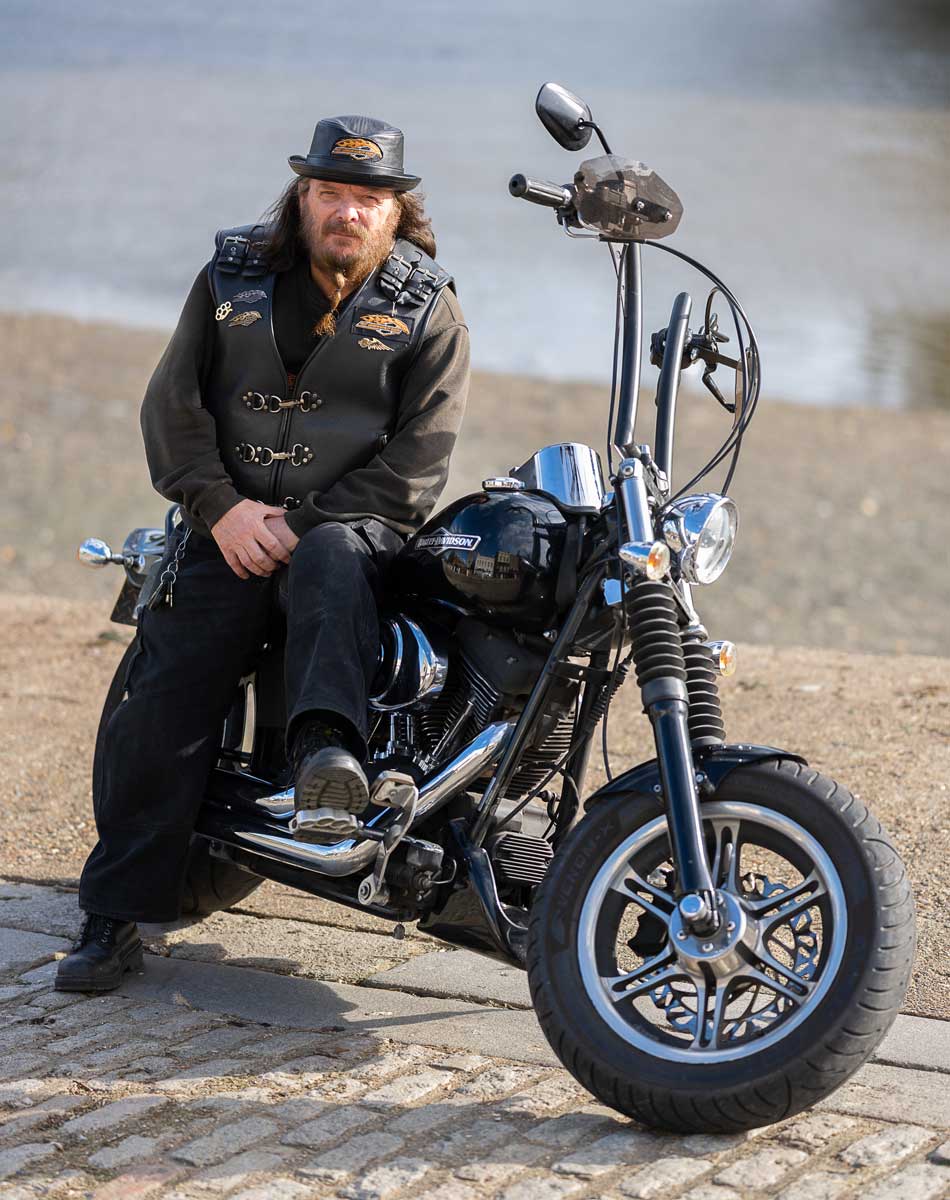
“When I hit the road with my Harley Davidson 1600cc,” says Max Lawrence, “I’m free. I can go anywhere I want and just feel the wind in my face.” Max has worked as a chauffeur and builder and was founder of Earache, the first-ever Deaf bikers club.
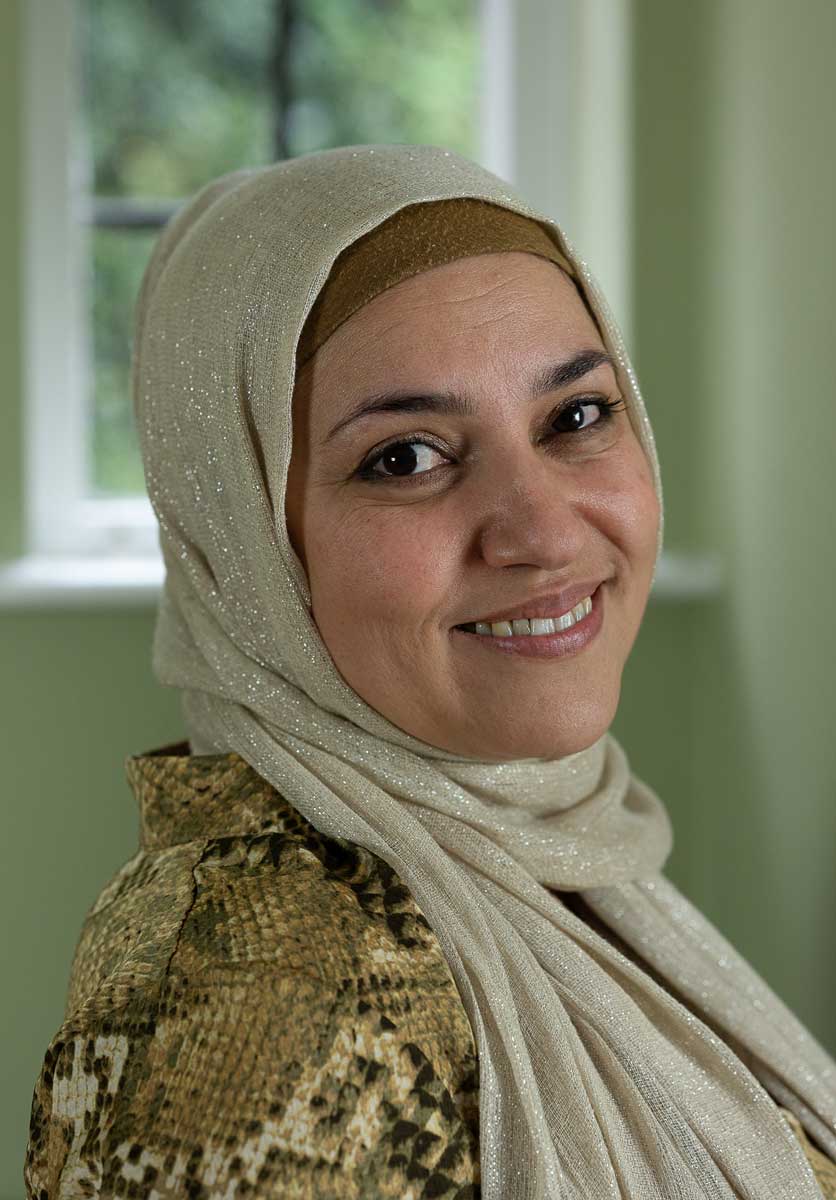
As a consultant to organisations reaching out to the Muslim Deaf Community, Ghislaine is currently involved in a project to translate the Koran into British Sign Language. “It’s a huge task, this is a beautiful yet complex 1,400-year-old text full of symbolic meaning. We’ll bring it alive and make it accessible.”
